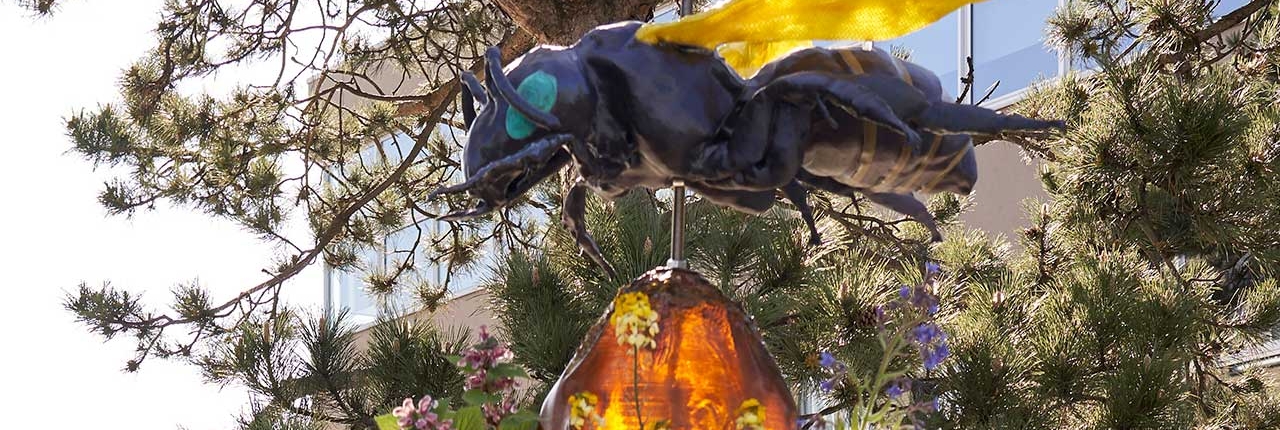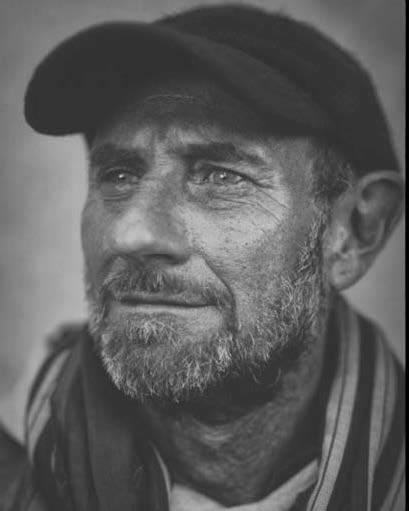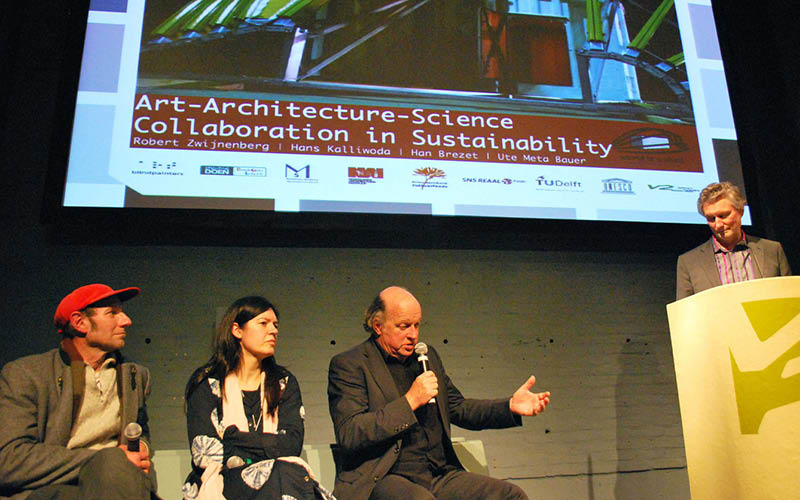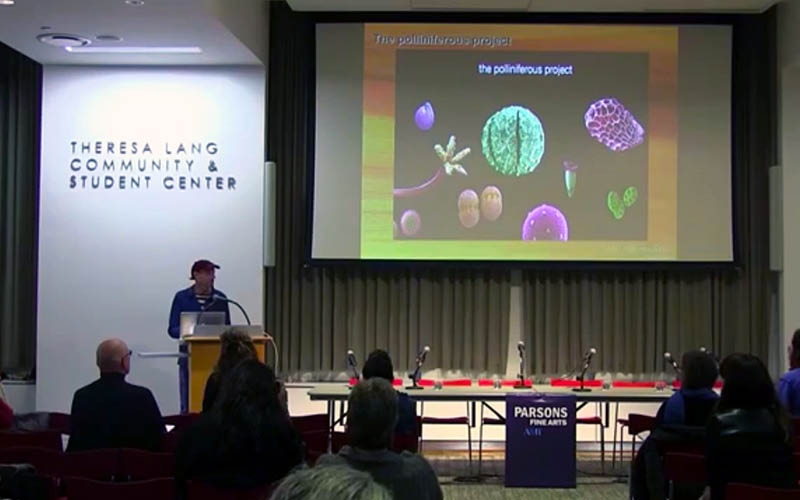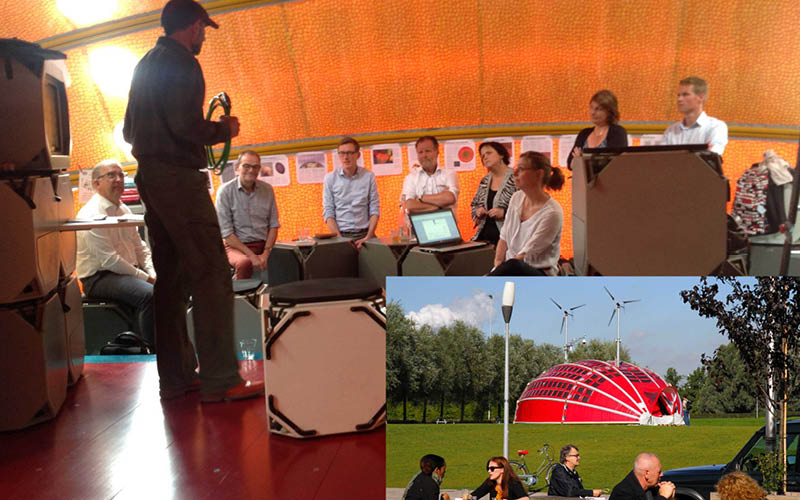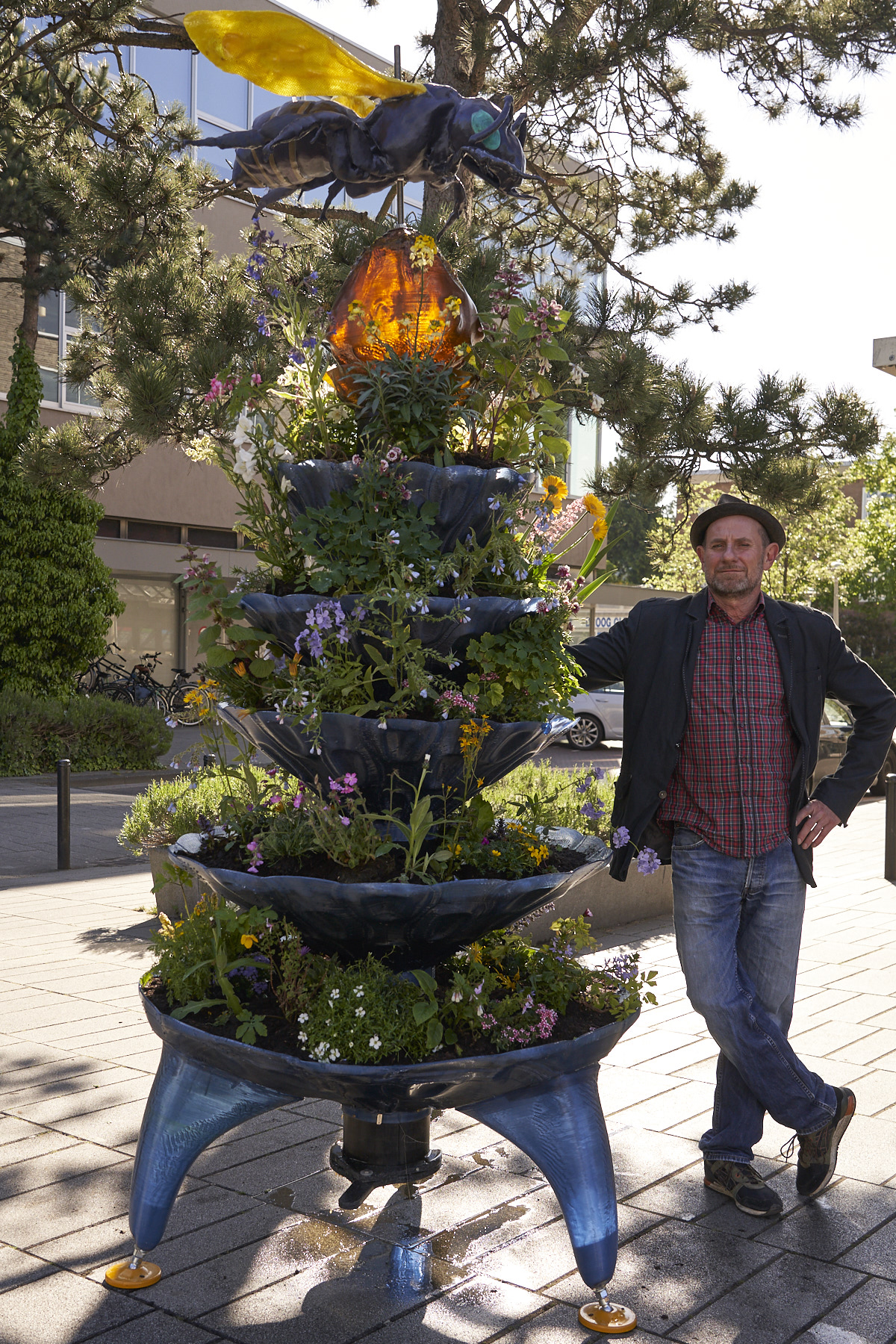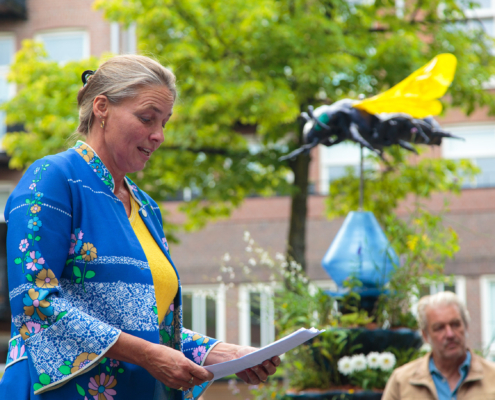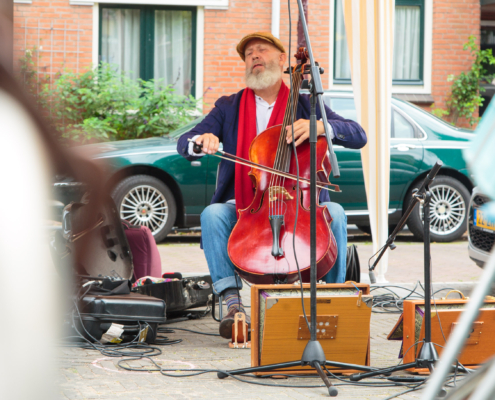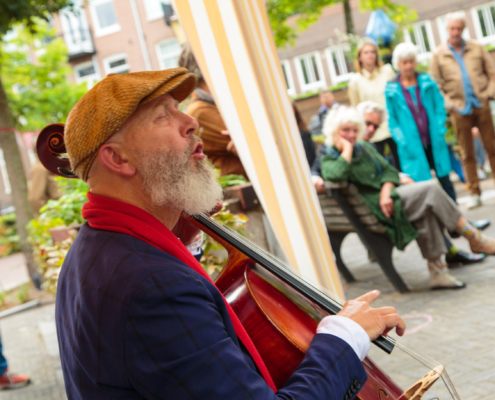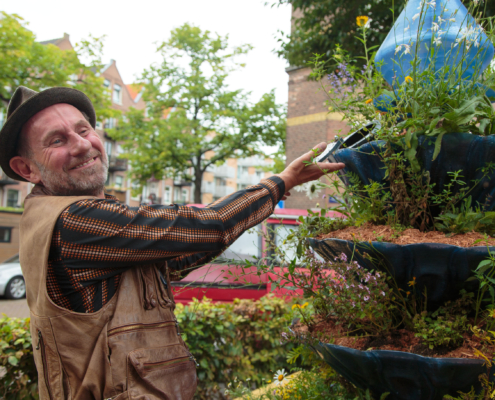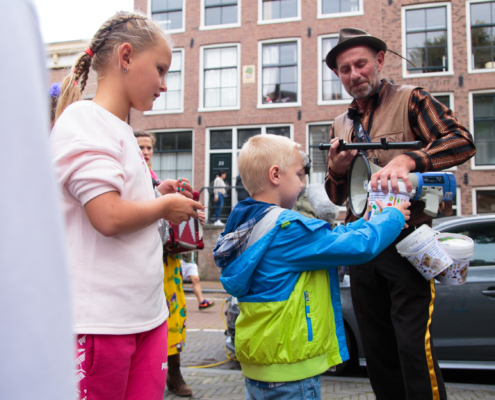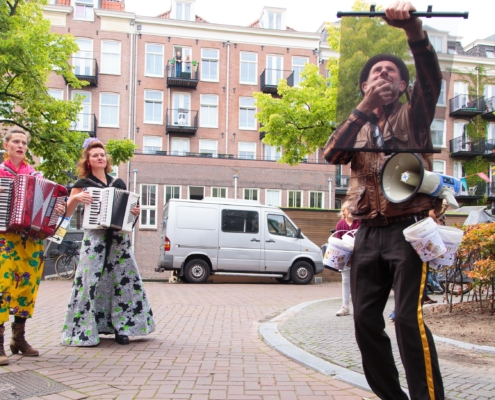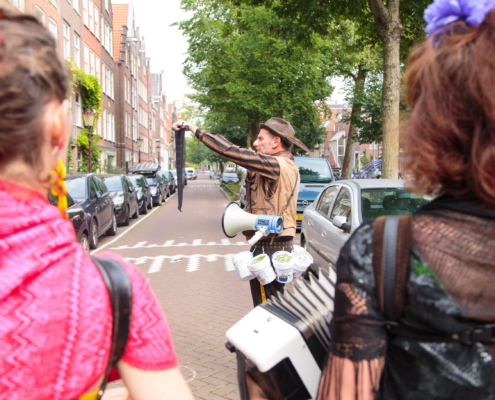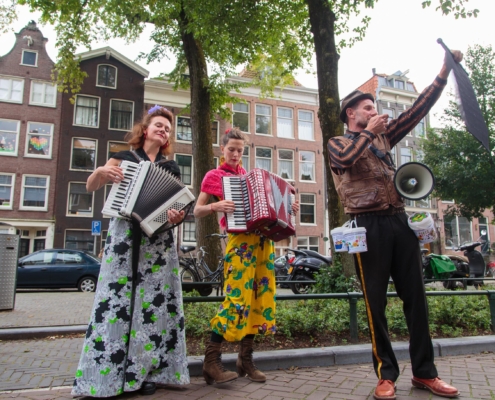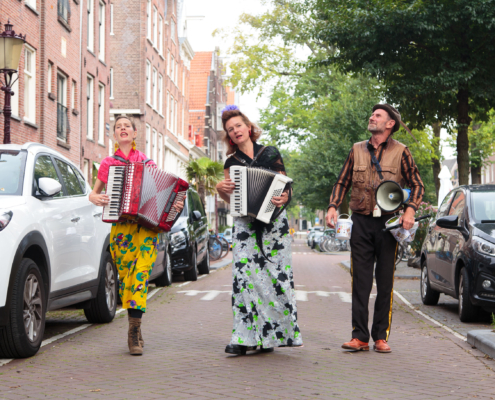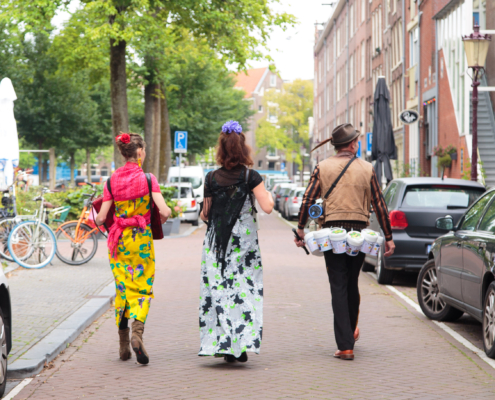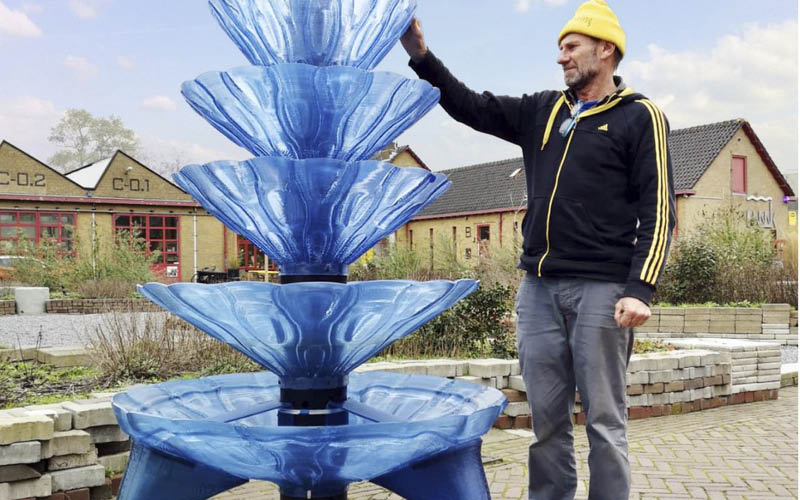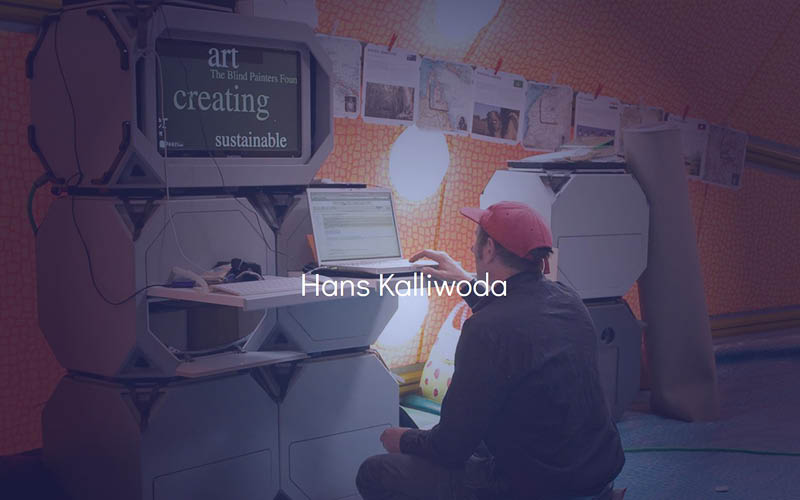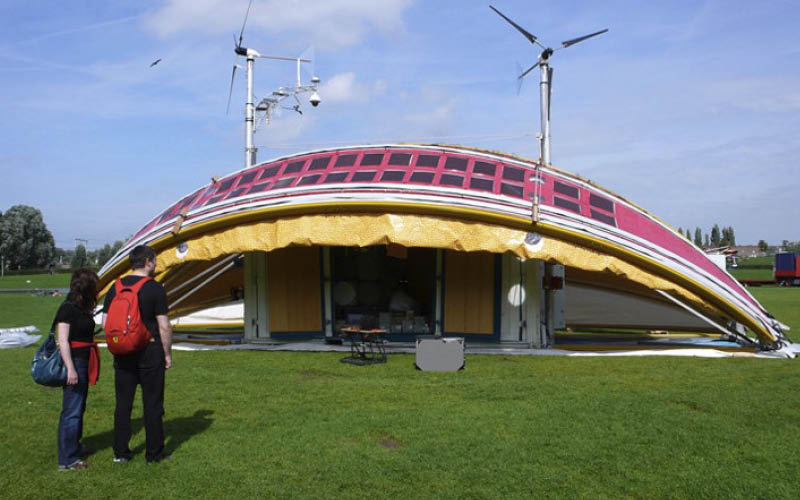Hans Kalliwoda
intervention artist, conceptual, experimental,
curator, thinker, doer
Art interventions in public spaces, in a philosophical, ecological and sustainability context
‘In business life they are called product-champions. People who are appointed to get something difficult done in a large cooperation, and they go all the way to get it right. I like his attitude and the project (World in a Shell) is technologically very interesting, also for me’.
Ir Theo Wolters, Director Fabrique Invent, Delft
‘With his intervention, Hans helped a lot to create a Delft University for Technology, where we have now projects through different faculties, where not science is the only thing that counts or research output, or education, but where working together between faculties for society is the main goal. …Thank you very much for what you did for Delft’.
Prof. Dr. Ir Han Brezet, Head of Sustainability Department Delft University for Technology
(excerpt of speech at the symposium at V2, April 2010)
“Good art inspires, brilliant art brings about changes”.
Symposium on the symbiosis of art, architecture, science and sustainability
V2 (Institute for Unstable Media, Rotterdam), 2010
with Ute Meta-Bauer (curator MIT), Han Brezet (Sustainability Prof. TUDelft), Rob Zwijenberg (Prof. Art & Science University Leiden)
Ute Meta-Bauer: ‘I recommend (the TUDelft) giving Hans Kalliwoda an honorary degree, … I mean that seriously, to respect and also to recognize stimulating inspirations, that very often comes from not exactly the fields where we expect them to come from’.
Symposium The Polliniferous Project
‘Project Anywhere’
Parsons Fine Art N.Y. N.Y., 2014
Presentation on the correlation between ecology and social cohesion for human sustainability as part of my doctoral thesis and research through artistic practice at the University of Leiden, The Netherlands.
Lectures on the subject of swarm intelligence for inspiration
World in a Shell – Polliniferous Project 2016
Series of 10 lectures on swarm intelligence to inspire top executives from the Dutch Ministry of Infrastructure and Environment.
Interventionsprojekt „The future pollination Lab“ at „Europe by People“

